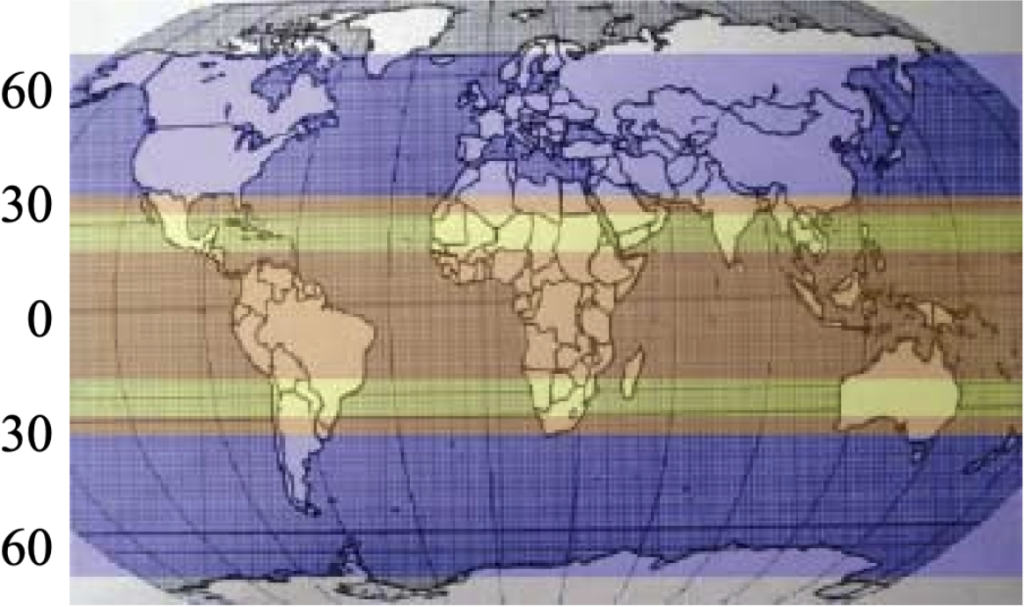11.11 Beyond Trivers-Willard
Although the Trivers-Willard hypothesis provides a useful framework for understanding many sex-ratio phenomena, it is not the only explanation for altered sex ratios. For example, many studies have noted a correlation between temperature and sex ratio, with more sons being born in warmer years. These findings lead to follow-up questions, such as: how could temperature influence offspring sex ratio? (Note: this has been noted in organisms that do not have temperature-dependent sex determination.) Is this yet another example in support of Trivers-Willard, in which warmer years yield more food and mothers in better condition?
Further complicating matters is the observation, from a study of over 200 countries, that latitude is a significant predictor of sex ratio. Specifically, tropical latitudes, closer to the equator, have a lower sex ratio than those in temperate environments, generally speaking.

It’s difficult to separate the effects of temperature anomalies (episodes of temperature extremes), whereby warmer temperatures lead to more males, from this latitudinal effect, whereby fewer males are born in the tropics. However, studies of solar-cycle peaks and seasonality in sun exposure suggest that fewer males are conceived (or they are conceived and subsequently miscarried) during times of higher UV exposure. The suggested logic behind these findings is that UV, which is known to damage our DNA, may be especially hard on male genomes. Specifically, any detrimental mutation in either the male’s X or Y chromosome will be expressed, because there is no homologue to mask the effects of the mutant.
And that’s not all! Other investigators have suggested a correlation between sex ratios and parental age, socioeconomic status, and the presence in the mother of various illnesses such as hepatitis, schizophrenia, or multiple sclerosis. Sex-ratio allocation is complicated and fascinating, and our understanding of these phenomena is ever-changing.
- [From: Navara, K. J. (2009). Humans at tropical latitudes produce more females. Biology letters, 5(4), 524-527.]. ↵

